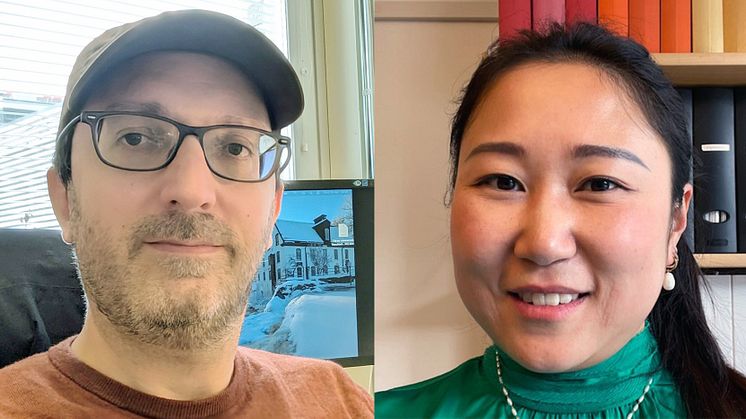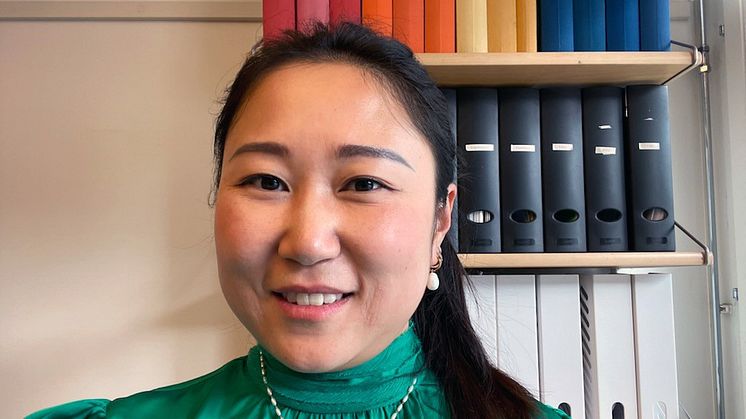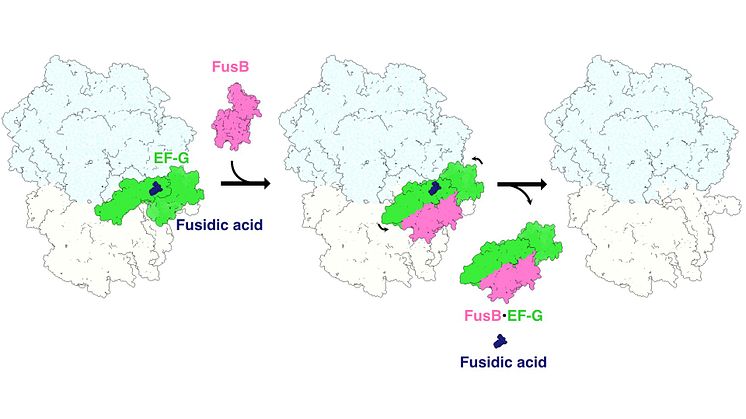
Press release -
New mechanisms behind antibiotic resistance
Two newly discovered mechanisms in bacteria have been identified that can contribute to the development of antibiotic resistance. Changing the number of copies of resistance genes in bacteria increases antibiotic resistance, and can do so very quickly. According to a new study from Uppsala University published in Nature Communications, these two mechanisms, along with a third known mechanism, can occur independently of each other, even within the same bacterial cell.
Peer-review/Experimental study/Cells and animals
The researchers studied heteroresistance, a phenomenon in which the majority of bacteria in a population are sensitive to antibiotics but a very small subpopulation of bacteria exhibits increased antibiotic resistance. Typically, this involves very small numbers of resistant bacteria (around 1 in 100,000) that can continue to grow despite antibiotic treatment. Heteroresistance is a common and concerning phenomenon, as it is difficult to treat and risks accelerating the development of antibiotic-resistant bacteria, complicating antibiotic treatment for patients.
“It was completely unknown until now that these mechanisms could promote heteroresistance. Our study shows that they can accelerate the selection and growth of resistant bacteria during antibiotic treatment. This study, which partly involved animals, makes it more relevant to understanding these processes in humans,” says Helen Wang, the last author of the study.
Bacteria can spread resistance genes to each other through plasmids. Plasmids are small free-standing DNA rings in which bacteria frequently store some of their genes outside the chromosome. In this study, researchers revealed two new mechanisms involving plasmids, in which the number of copies of plasmids carrying resistance genes can increase up to 90 times. The study demonstrates that these two mechanisms and a third known mechanism involving gene amplification, can operate in parallel in the same bacterial cell.
“Heteroresistance involving an increased number of copies of resistance genes is much more complex than previously thought. Bacteria can actually use three different mechanisms, all of which can occur in parallel in the same bacterium, to temporarily increase the number of copies of resistance genes and thereby generate antibiotic resistance,” says Hervé Nicoloff, the study’s first author.
“All three mechanisms are unstable and can quickly revert to sensitivity in the absence of antibiotics. This makes it more difficult to detect the resistant bacteria during a clinical examination, as they disappear so quickly. Given what we now know, it is important to be able to develop better diagnostic methods that can detect increased antibiotic resistance,” adds Helen Wang.
Article: Nicoloff, H., Hjort, K., Andersson, D.I. et al. Three concurrent mechanisms generate gene copy number variation and transient antibiotic heteroresistance. Nat Commun 15, 3981 (2024). https://doi.org/10.1038/s41467-024-48233-0
Contact information:
Hervé Nicoloff, Docent at the Department of Medical Biochemistry and Microbiology, Uppsala University, email: herve.nicoloff@imbim.uu.se(English)
Helen Wang, Senior Lecturer and Docent at the Department of Medical Biochemistry and Microbiology, Uppsala University, email: helen.wang@imbim.uu.se(Swedish, English)
Topics
Categories
Founded in 1477, Uppsala University is the oldest university in Sweden. With more than 50,000 students and 7,500 employees in Uppsala and Visby, we are a broad university with research in social sciences, humanities, technology, natural sciences, medicine and pharmacology. Our mission is to conduct education and research of the highest quality and relevance to society on a long-term basis. Uppsala University is regularly ranked among the world’s top universities. www.uu.se




